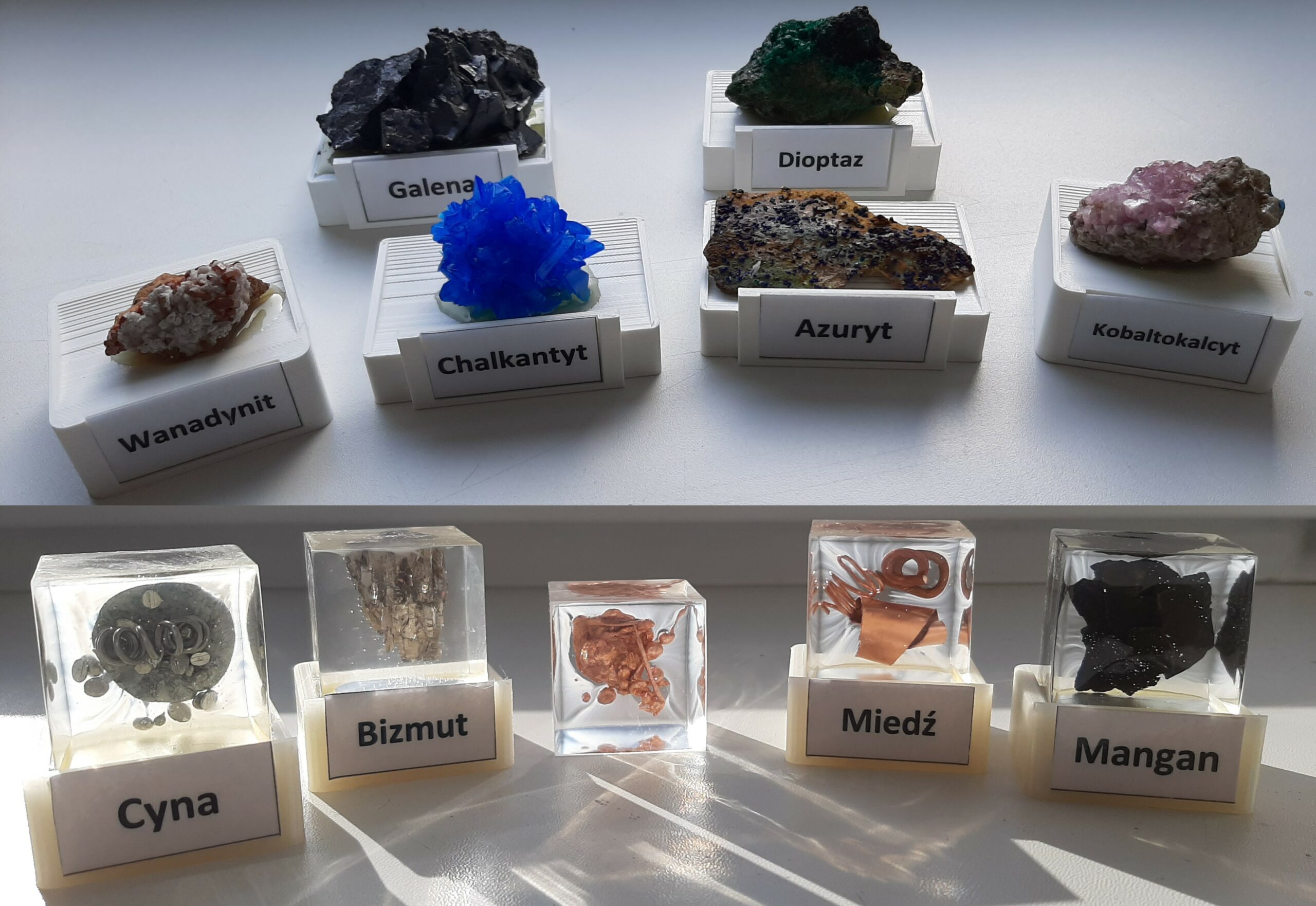
Minerals and heavy metals
Heavy metals such as copper, zinc, lead and tin are among the most commonly used metals. The demand for copper has always been and still is closely related to the development of the world economy, mainly due to its wide use in industry (mainly electronics and the electrical industry, alloys). It is estimated that in 2030 the level of demand for copper will be twice as high as today. An additional factor influencing the constantly growing demand for this raw material is the progress of research and the development of technological innovations. Zinc and its alloys are used for galvanizing flat steel products to protect against corrosion. It is estimated that about 50% of zinc production is dedicated to this purpose. In addition, it is equally important to use zinc with copper to obtain brass. Despite its harmfulness, lead is still widely used in the production of car batteries. Lead in batteries does not come into direct contact with humans, so the risks of its toxicity are insignificant. Almost half of the produced tin is used for the production of welding solders. The rest is used for the production of alloys with copper and lead, for the tinning of other metals, for the production of float glass and in medicine. These are just a few of the uses for these four metals. Many other heavy metals also deserve attention, incl. vanadium, cobalt, bismuth, manganese, molybdenum and cadmium. These metals are obtained from minerals useful for processing on a technological scale (ores). In order to obtain metal from ores, many operations need to be carried out, which are largely related to information about the minerals (metal content, type of ore, its acidity or alkalinity, etc.), therefore it is necessary to know about the physicochemical properties and the possibility of using the different species of heavy metal minerals.
The assumption of the project was the development and construction of a modern teaching station for the transfer of knowledge in the field of mineralogy to the extent required in the production of heavy metals, especially copper, zinc and lead. Apart from the advantages of direct contact between the student and the discussed mineralogical material, this stand is equipped with modern IT tools significantly enriching its functionality with augmented reality. The stand is in the form of a display case with individual minerals and heavy metals as exhibits. In addition, on the websites:
for the Polish version: https://pblmetale.polsl.pl/PBL/pl/index.html,
for the English version: https://pblmetale.polsl.pl/PBL/en/index.html
you can learn more about selected minerals and heavy metals.
Made as part of the PBL project "Interactive stand for the identification of minerals and heavy metals in augmented reality"
Authors:
- Kamila Tokarz
- Aleksandra Żurawik
- Mateusz Stankiewicz
- Michał Ryta
- Paweł Niemiec
- Szymon Saternus - student of PZS Lędziny (the school has signed a cooperation agreement with the Silesian University of Technology - Faculty of Materials Science)
Supervisors:
- prof. dr hab. inż. Mariola Saternus
- dr hab. inż. Tomasz Merder, prof. PŚ
- dr hab. inż. Jacek Pieprzyca, prof. PŚ
The project was supported by students and doctoral students from VSB Ostrava Czech Republic under their care of prof. Ing. Markéta Tkadlečková, Ph.D. i doc. Ing. Silvie Brožová, Ph.D.









